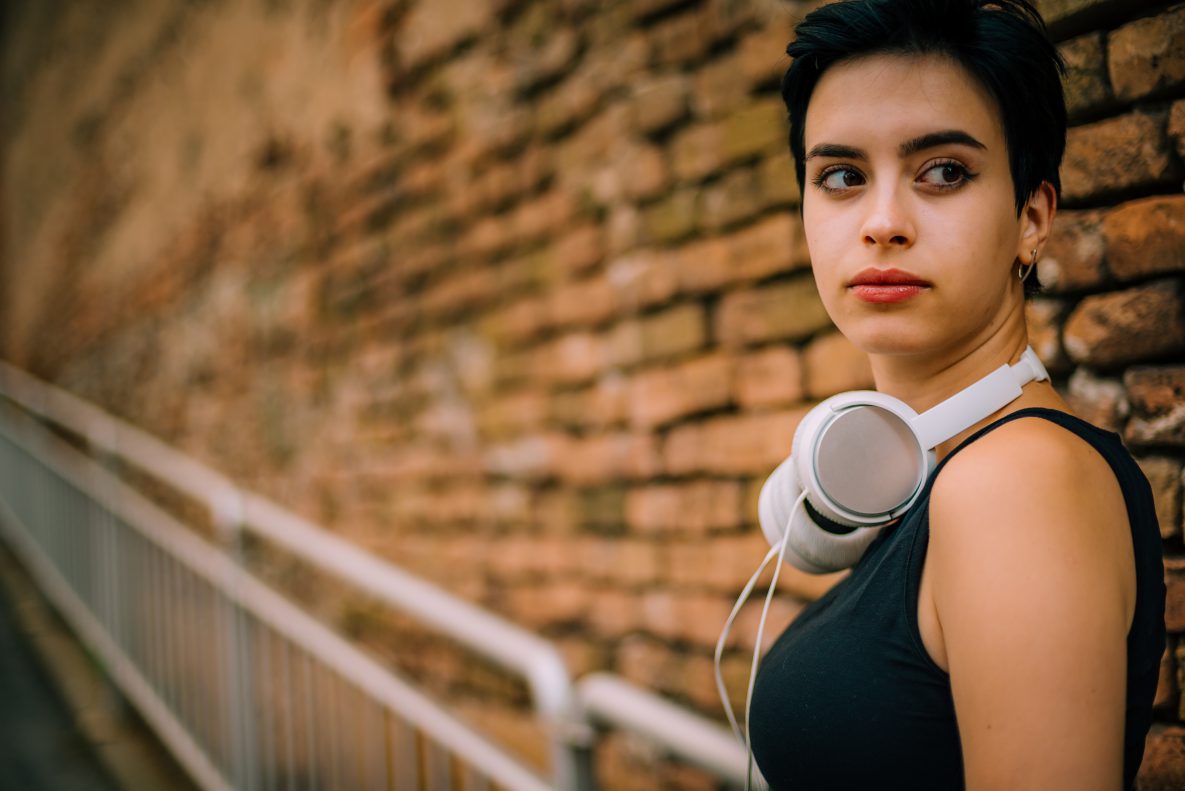
Adolescence is a time for young people to have a healthy start in life. The number of adolescents reporting poor mental health is increasing. Building strong bonds and connecting to youth can protect their mental health. Schools and parents can create these protective relationships with students and help them grow into healthy adulthood.
Mental Health Is A Growing Problem
CDC’s Youth Risk Behavior Surveillance Data Summary & Trends Report: 2009-2019 highlights concerning trends about the mental health of U.S. high school students.
- More than 1 in 3 high school students had experienced persistent feelings of sadness or hopelessness in 2019, a 40 percent increase since 2009.
- In 2019, approximately 1 in 6 youth reported making a suicide plan in the past year, a 44% increase since 2009.
Some groups are more affected than others.
- These feelings were found to be more common among lesbian, gay, or bisexual students and female students.
- Almost half of lesbian, gay, or bisexual students and nearly one-third of students not sure of their sexual identity reported they had seriously considered suicide—far more than heterosexual students.
- The number of black students who reported attempting suicide in 2019 rose by almost 50%.
Why Is This a Big Deal?
Poor mental health in adolescence is more than feeling blue. It can impact many areas of a teen’s life. Youth with poor mental health may struggle with school and grades, decision making, and their health.
Mental health problems in youth often go hand-in-hand with other health and behavioral risks like increased risk of drug use, experiencing violence, and higher risk sexual behaviors than can lead to HIV, STDs, and unintended pregnancy. Because many health behaviors and habits are established in adolescence that will carry over into adult years, it is very important to help youth develop good mental health.

Recent Comments